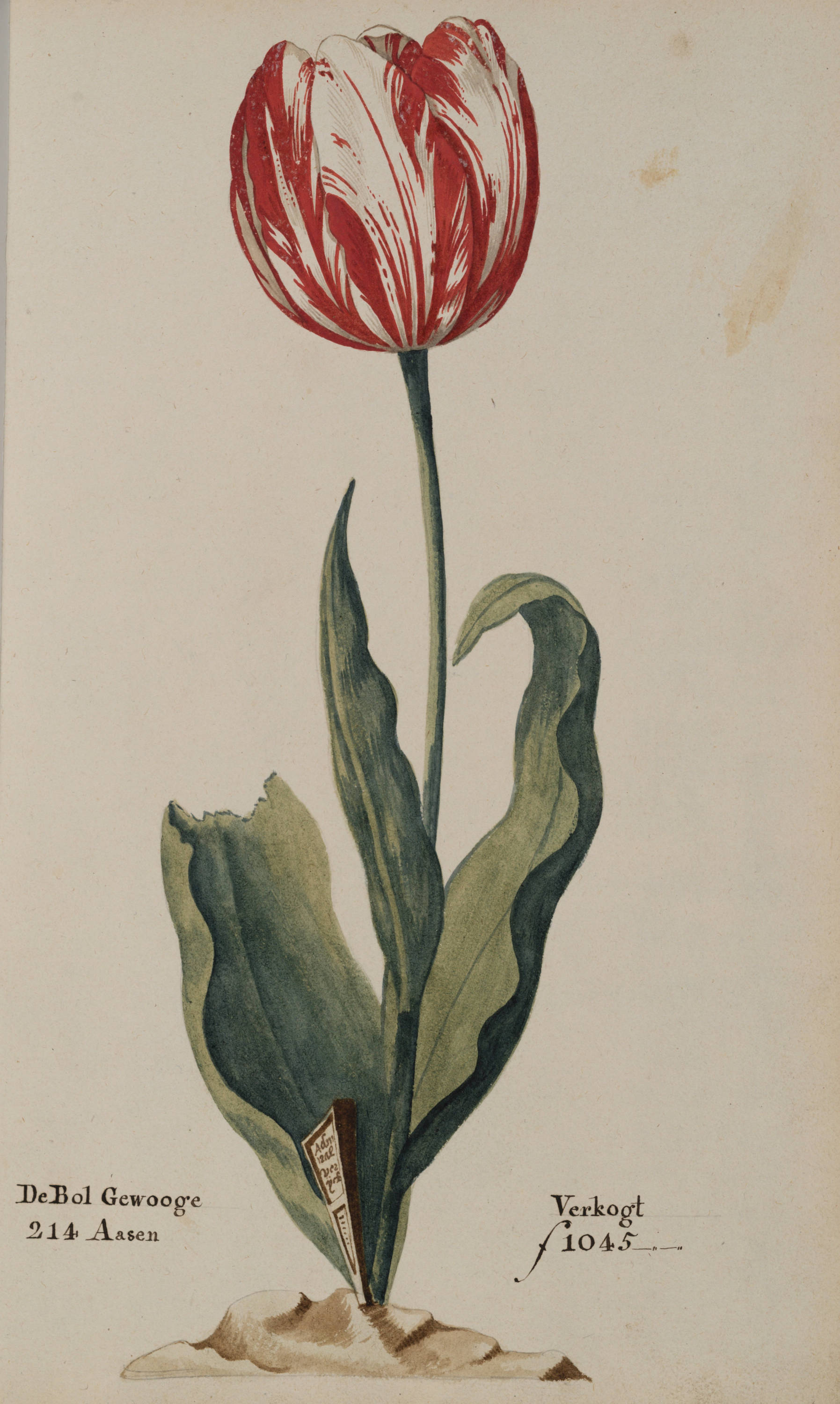Tulip Mania, 1634-1637
Enlarge text Shrink text- Tulip & tulipomania, 1977:p. 22 (chapter heading: Tulipomania in Holland: tulipomania at its height 1634-1637) p. 33 (chapter heading: Tulipomania in England; early 18th cent.) p. 35 (chapter heading: Tulipomania in Turkey)
- Wikipedia WWW site, Sept. 28, 2006(Tulip mania, alternatively tulipomania Netherlands, 1st part of 17th century, especially 1636-1637; lesser versions also occurred in other parts of Europe)
- Encyclopedia Britannica WWW site, Sept. 28, 2006(Tulip Mania, also called Tulip Craze, Dutch Tulpenwoede, a speculative frenzy in 17th-century Holland over the sale of tulip bulbs; craze reached height, 1633-1637)
- Garber, P. Famous first bubbles, c2000:p. 12 (Dutch tulipmania (1634-1637))
- Great bubbles, 2000:p. 85 (this [tulip] trade was not carried on throughout all Europe, but in some cities of the Netherlands ... and rose to the greatest height in the years 1634-37)
- Stock market crash, net WWW site, March 5, 2007(Tulip Bulb Mania: graph plots tulip bulb prices from 1634 to 1637)
Tulip mania (Dutch: tulpenmanie) was a period during the Dutch Golden Age when contract prices for some bulbs of the recently introduced and fashionable tulip reached extraordinarily high levels. The major acceleration started in 1634 and then dramatically collapsed in February 1637. It is generally considered to have been the first recorded speculative bubble or asset bubble in history. In many ways, the tulip mania was more of a then-unknown socio-economic phenomenon than a significant economic crisis. It had no critical influence on the prosperity of the Dutch Republic, which was one of the world's leading economic and financial powers in the 17th century, with the highest per capita income in the world from about 1600 to about 1720. The term tulip mania is now often used metaphorically to refer to any large economic bubble when asset prices deviate from intrinsic values. Forward markets appeared in the Dutch Republic during the 17th century. Among the most notable was one centred on the tulip market. At the peak of tulip mania, in February 1637, some single tulip bulbs sold for more than 10 times the annual income of a skilled artisan. Research is difficult because of the limited economic data from the 1630s, much of which come from biased and speculative sources. Some modern economists have proposed rational explanations, rather than a speculative mania, for the rise and fall in prices. For example, other flowers, such as the hyacinth, also had high initial prices at the time of their introduction, which then fell as the plants were propagated. The high prices may also have been driven by expectations of a parliamentary decree that contracts could be voided for a small cost, thus lowering the risk to buyers. The 1637 event gained popular attention in 1841 with the publication of the book Extraordinary Popular Delusions and the Madness of Crowds, written by Scottish journalist Charles Mackay, who wrote that at one point 5 hectares (12 acres) of land were offered for a Semper Augustus bulb. Mackay claimed that many investors were ruined by the fall in prices, and Dutch commerce suffered a severe shock. Although Mackay's book is a classic, his account is contested. Many modern scholars believe that the mania was not as destructive as he described.
Read more on Wikipedia >
 Topic
Topic


.png)







